Platon
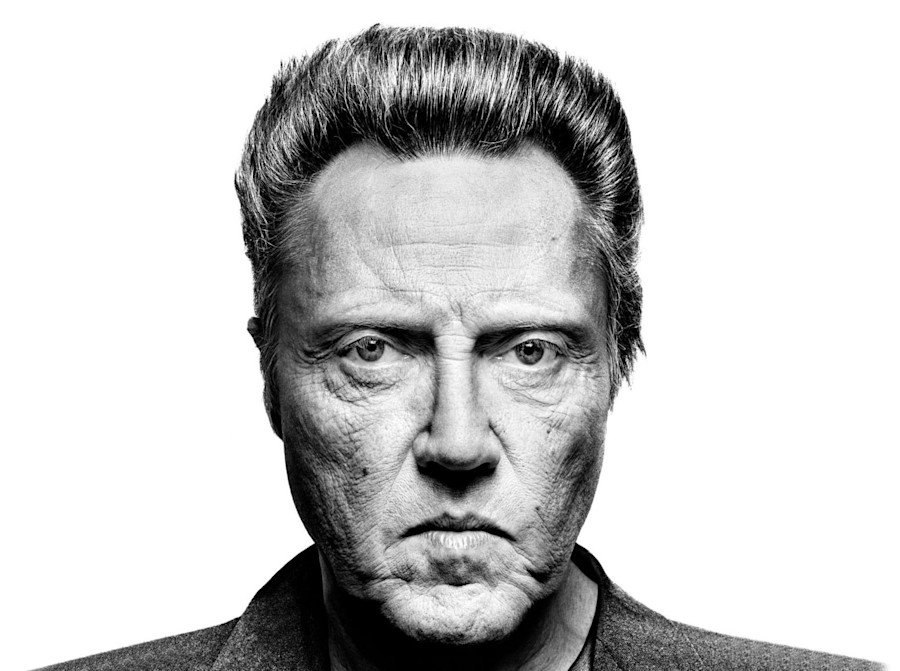
In this eighth and final installment of our series of conversations with Abstract: The Art of Design executive producer, former WIRED editor, and co-founder of Godfrey Dadich Partners, Scott Dadich, we talk about the photographer Platon and what we can expect from his Abstract episode. We also talk about the art of strategy, advice for young designers, and, most importantly, whether there’s work for me at Godfrey Dadich Partners.
Please enjoy this final chapter in Semi Permanent’s epic conversation with the brilliant and supernaturally articulate Scott Dadich.
I have a couple of quick questions about the firm, Godfrey Dadich Partners.
Okay.
Okay.
How does one strategize?
Well, it’s about listening to the client, listening to their needs; it’s about situational awareness, what’s happening in the marketplace and with that client’s competitors; understanding where weakness might exist, where strengths lie, and how those can be turned into advantage. It can be a complicated process, but it’s also highly creative and requires close collaboration between the client and our team, which is something I got to know firsthand when Patrick (Godfrey) and I worked together on the WIRED brand strategy back in 2013.
Well, it’s about listening to the client, listening to their needs; it’s about situational awareness, what’s happening in the marketplace and with that client’s competitors; understanding where weakness might exist, where strengths lie, and how those can be turned into advantage. It can be a complicated process, but it’s also highly creative and requires close collaboration between the client and our team, which is something I got to know firsthand when Patrick (Godfrey) and I worked together on the WIRED brand strategy back in 2013.
Right.
So, I was less familiar with how that process worked, and over the course of these years–both as a client and a partner of his–I really learned firsthand what a huge advantage it can bring to a business, especially in the work to define a company’s mission, a company’s north star, a company’s purpose for being; and once you figure that out, then you can start to think about creating design frameworks and actually designing the experiences that will matter. It is those decisions that are made in the design context, in kind of the framework that we’ve been talking about with Abstract that are actually the very meaningful business drivers, whether that is a brand identity, whether that’s a logo, whether that’s an app for a smartphone or signage in the lobby of a great skyscraper, all of those experiences are designed, and our team is going to take on a really diverse set of challenges in thinking about how to deploy those stories in a design context.
So, I was less familiar with how that process worked, and over the course of these years–both as a client and a partner of his–I really learned firsthand what a huge advantage it can bring to a business, especially in the work to define a company’s mission, a company’s north star, a company’s purpose for being; and once you figure that out, then you can start to think about creating design frameworks and actually designing the experiences that will matter. It is those decisions that are made in the design context, in kind of the framework that we’ve been talking about with Abstract that are actually the very meaningful business drivers, whether that is a brand identity, whether that’s a logo, whether that’s an app for a smartphone or signage in the lobby of a great skyscraper, all of those experiences are designed, and our team is going to take on a really diverse set of challenges in thinking about how to deploy those stories in a design context.
How does the Godfrey Dadich team differ from the WIRED team in terms of size and dynamic?
The WIRED team at any one point was about 150 people across the two main offices in New York and San Francisco, and presently the Godfrey Dadich team is about 40, and we’re all based here in San Francisco. But we’re hiring quickly and adding members at a clip that feels right with the talent set that we need and the projects that we’re taking on immediately.
The WIRED team at any one point was about 150 people across the two main offices in New York and San Francisco, and presently the Godfrey Dadich team is about 40, and we’re all based here in San Francisco. But we’re hiring quickly and adding members at a clip that feels right with the talent set that we need and the projects that we’re taking on immediately.
Are you hiring writers who specialize in dick jokes? Because I could be your guy.
(laughter) Well, when that assignment comes through I know the man to call.
(laughter) Well, when that assignment comes through I know the man to call.
Here’s an interview-y question: What does success look like for you?
To me success looks like challenge and opportunity and the ability to travel and continue to meet and connect with design minds around the world.
To me success looks like challenge and opportunity and the ability to travel and continue to meet and connect with design minds around the world.
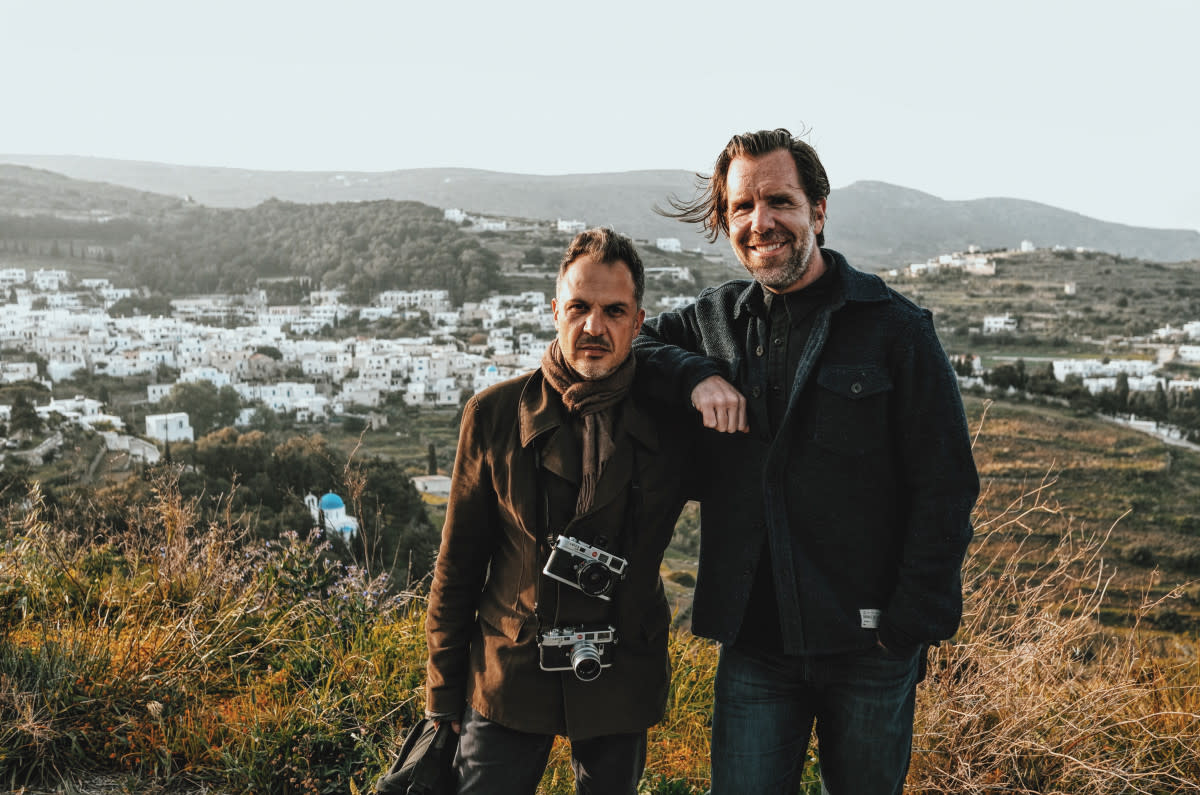
The last Abstract episode to talk about features Mr. Platon.
Yes.
Yes.
Is there anything you can tell me about his famous Putin photo that I haven’t already read?
Well, you’ll just have to watch the episode.
Well, you’ll just have to watch the episode.
“I’m not thinking, ‘How can I get a good picture?’ but ‘What can I learn from this person?’ Every time.”
Platon
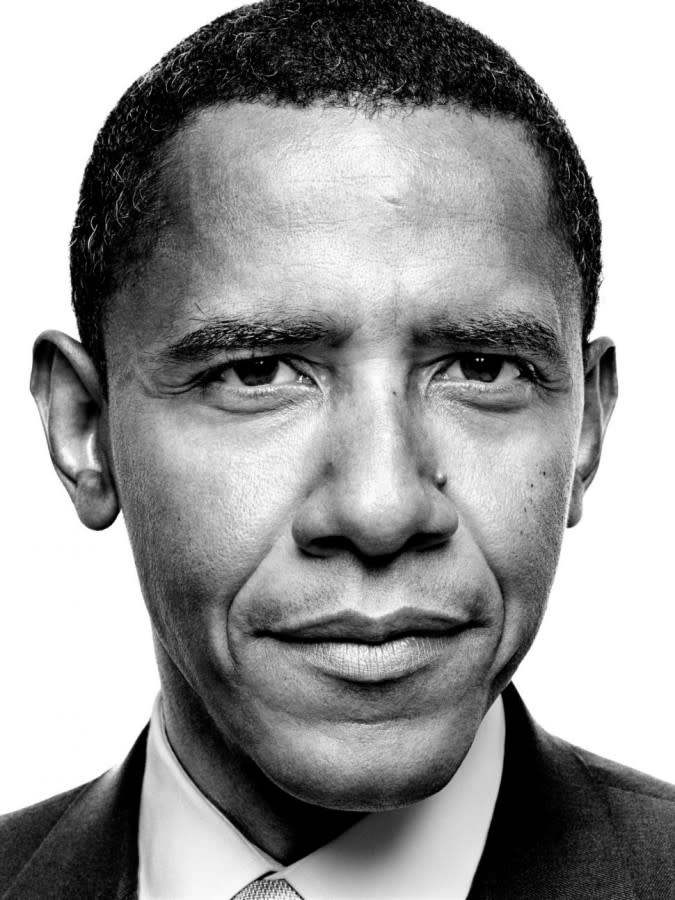
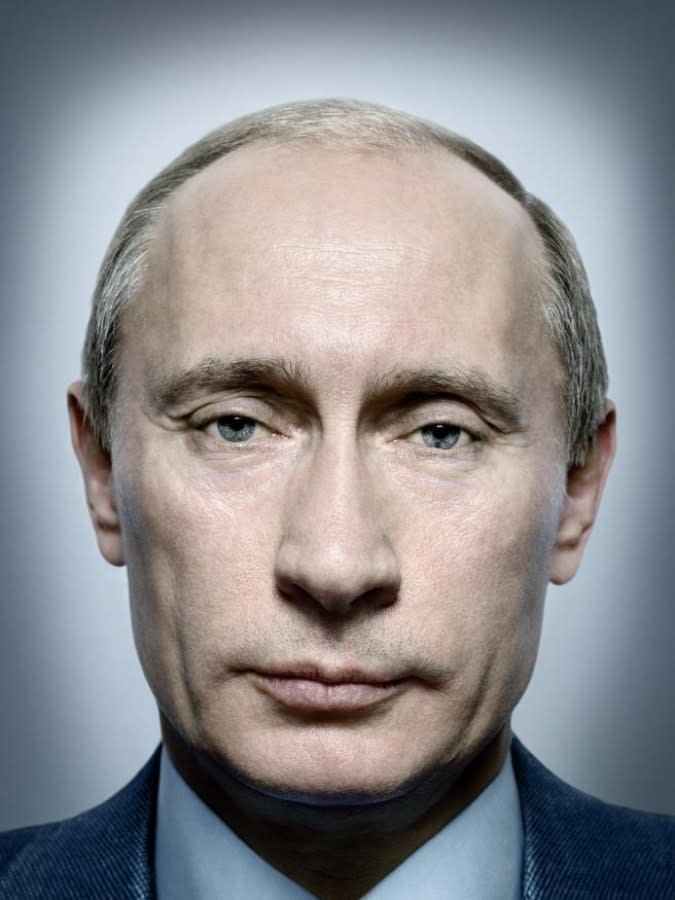
I really can’t wait. I’ve read stuff about it, and it sounds insane. Does he talk about it?
Yeah, he talks about it for sure. But the episode isn’t really about that photograph, it’s about the design decision process that he undertakes both in his sittings and the formal geometry of compositions, down to the design process of his print making and why his images look the certain way that they do.
Yeah, he talks about it for sure. But the episode isn’t really about that photograph, it’s about the design decision process that he undertakes both in his sittings and the formal geometry of compositions, down to the design process of his print making and why his images look the certain way that they do.
How does his subject selection work? What’s he looking for when he takes a photo?
Well, he has two methods for how he finds subjects: one is on commission, when magazines and newspapers and clients commission him to memorialize someone in a photograph; the other is through his foundation The People’s Portfolio, where he is selecting the subjects, and where he is taking on “missions,” as he calls them, human rights missions, where he is documenting real people doing real work to advance general human conditions around the world, whether that’s access to technology or voting rights or civil rights, he is very motivated as a philanthropic designer to make sure that human rights around the world are being upheld.
Well, he has two methods for how he finds subjects: one is on commission, when magazines and newspapers and clients commission him to memorialize someone in a photograph; the other is through his foundation The People’s Portfolio, where he is selecting the subjects, and where he is taking on “missions,” as he calls them, human rights missions, where he is documenting real people doing real work to advance general human conditions around the world, whether that’s access to technology or voting rights or civil rights, he is very motivated as a philanthropic designer to make sure that human rights around the world are being upheld.
What do you think other designers from other mediums could learn from Platon?
He’s another who has benefitted through decades of hard work and practice and refinement of a singular vision. If you look at his work in school, as we show in the episode, all the way to his present contemporary work, there is a commitment to a set of values that he has persued. There are some in photography or illustration or design who meander about and change their style and adapt their methodologies over time, but Plat is one who has committed to a way of looking at the world and has refined that approach over the decades that he’s been practicing it, and I think you see that commitment show up in the work itself.
He’s another who has benefitted through decades of hard work and practice and refinement of a singular vision. If you look at his work in school, as we show in the episode, all the way to his present contemporary work, there is a commitment to a set of values that he has persued. There are some in photography or illustration or design who meander about and change their style and adapt their methodologies over time, but Plat is one who has committed to a way of looking at the world and has refined that approach over the decades that he’s been practicing it, and I think you see that commitment show up in the work itself.
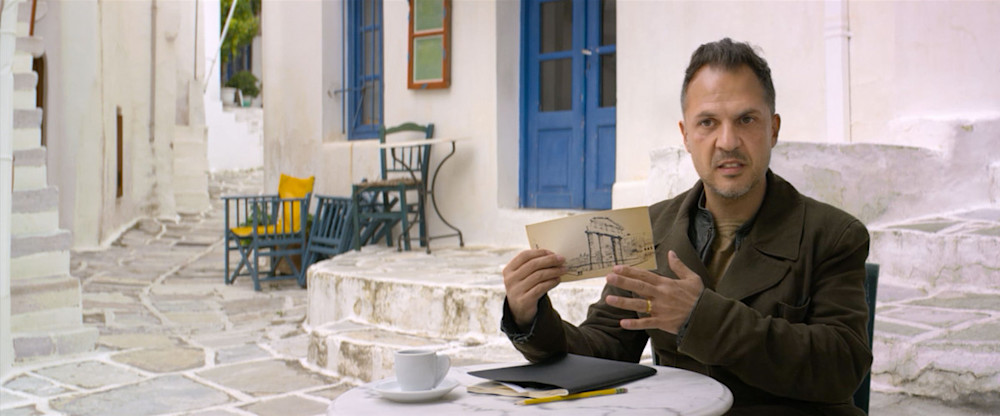

“My work is made from lots of brief encounters with extraordinary movers and shakers of our time.”
Platon
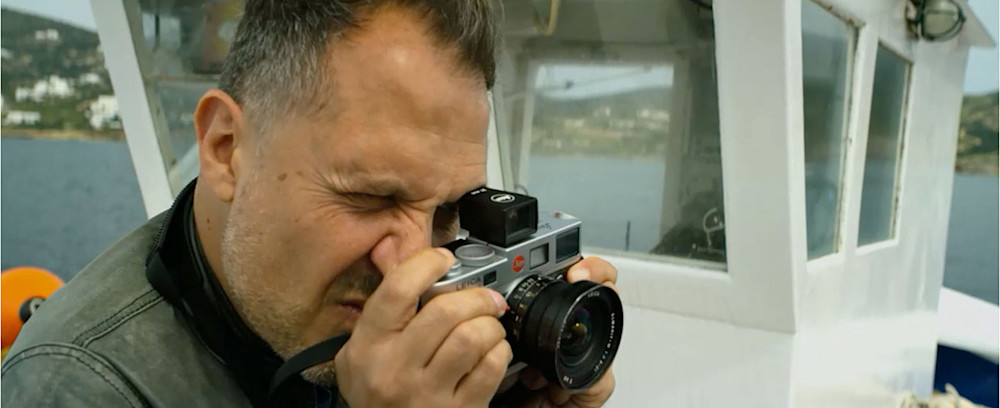
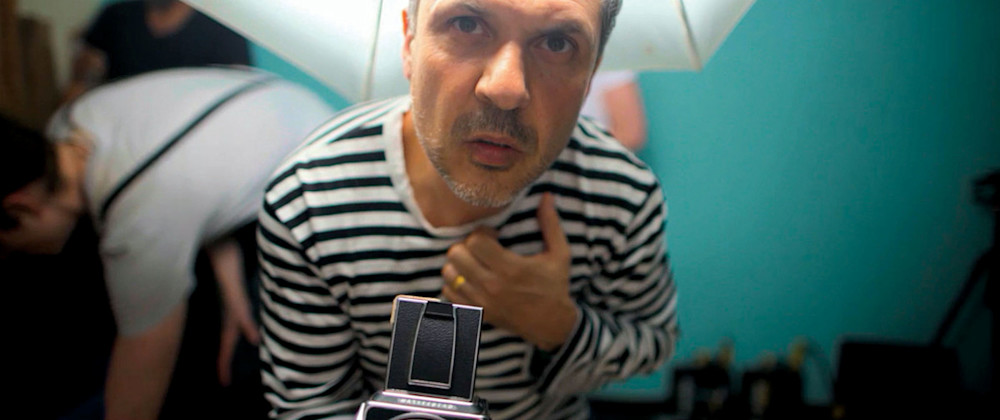
Okay, last question for the last installment in this series of interviews: What one piece of advice can you offer to young designers and creatives?
Put in the hours. The younger designers that I have worked with, the ones who commit to the work have seen the most success and the most opportunity afforded to them. It’s about showing up, and it’s about putting in the hours. Christoph talks a lot about this in his episode; it’s not about that bolt of inspiration, it’s about mastering a craft, and design, in whatever respect it is pursued, has everything to do with craft, practice, and repetition. I remember fondly and with great horror the all-nighters that I pulled in my earliest days as a designer, because they informed how I understood the work to be done, and it also informed my work ethic and how I wanted to be treated and how I wanted to treat my colleagues and my employees. So I think there’s no better substitute for growth and no better catalyst to achievement than putting in those hours.
Put in the hours. The younger designers that I have worked with, the ones who commit to the work have seen the most success and the most opportunity afforded to them. It’s about showing up, and it’s about putting in the hours. Christoph talks a lot about this in his episode; it’s not about that bolt of inspiration, it’s about mastering a craft, and design, in whatever respect it is pursued, has everything to do with craft, practice, and repetition. I remember fondly and with great horror the all-nighters that I pulled in my earliest days as a designer, because they informed how I understood the work to be done, and it also informed my work ethic and how I wanted to be treated and how I wanted to treat my colleagues and my employees. So I think there’s no better substitute for growth and no better catalyst to achievement than putting in those hours.
Excellent advice. Thanks for your time, Scott.
Thank you, it was a fun chat.
Thank you, it was a fun chat.
It was. And let me know when you need those dick jokes.
I’ve got you on speed-dial.
I’ve got you on speed-dial.
“If it’s necessary, it’s in there. If it’s not necessary, it’s not there. So strip it down, simplify it. Just go… for the core.”
Platon
This interview with Scott Dadich is the last in a series of eight after Tinker Hatfield, Es Devlin, Ralph Gilles, Paula Scher, Bjarke Ingels, Christoph Neimann and Ilse Crawford that have been released weekly exclusively on SemiPermanent.com
To watch Abstract: The Art of Design, head to Netflix
To follow the adventures of Scott and his Co-CEO partner at Patrick Godfrey at Godfrey Dadich head to @godfreydadich